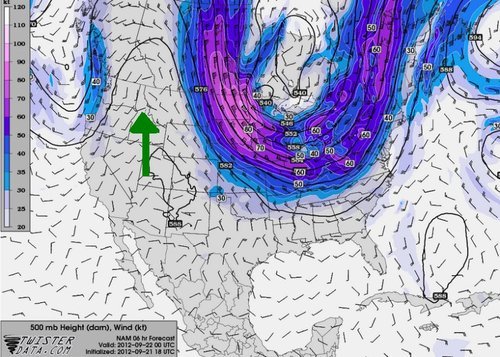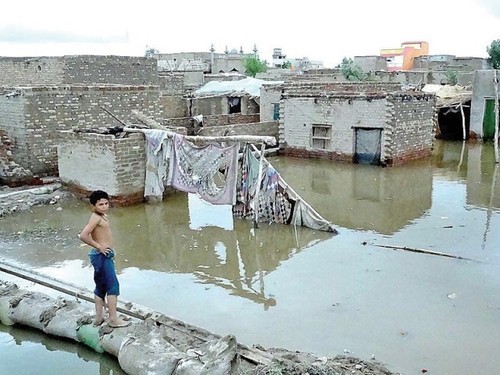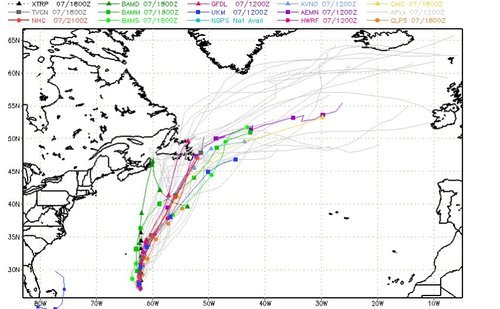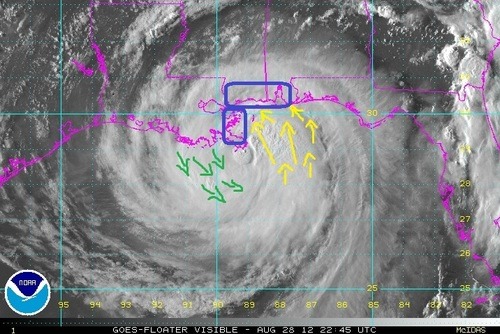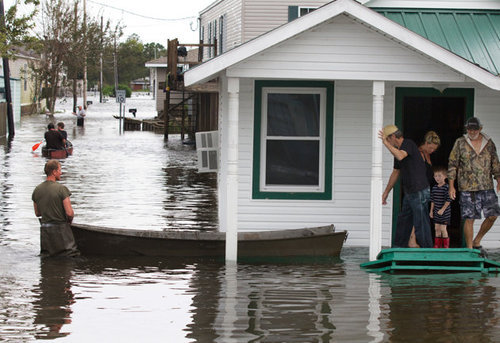Wildfires Sparked by Dry Lightning Affect Pacific Northwest
A couple large wildfires in the state of Washington have been burning for the past week or so and continue to grow in size. The fires, located in the central and southwestern part of Washington, were sparked by dry lightning a few weeks ago but have only started significantly growing in size this week. The main reason as to why these fires have now become large and uncontrolled can be attributed to the very dry conditions and warm temperatures on the west coast this past month.
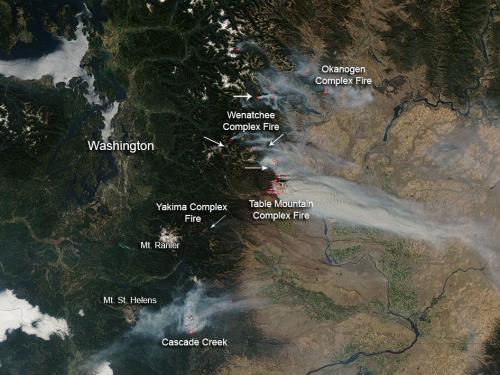
Currently, the largest fire in the state is the Wenatchee Fire Complex which covers around 16,000 hectares, is around 25% contained, and is being battled by over 2,000 firefighters. The second complex of fires, Table Mountain Complex, poses the highest level of threat to residents – causing 1,250 residents to evacuate and currently putting 750 homes at risk. Approximately 700 firefighters were currently at work on that specific fire complex which was only 5% contained as of Thursday. Smoke that has been slowly wafting further away from the fires, has started to affect surrounding communities in Central Washington thereby prompting the issuance of air quality advisories.
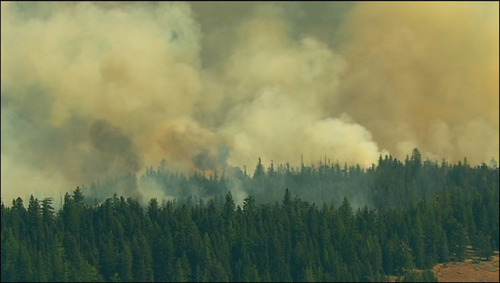
The reason for the unseasonably warm temperatures in Washington and the rest of the west coast this week (approximately 6°C above average) can be linked to a strong ridge of high pressure that has been in place since the start of this week. It appears that the balmy temperatures will stay put through the weekend. Early next week, a weak upper-level disturbance is predicted to slide through the area which could bring some precipitation with it to alleviate the threat of the fires, although it could also cause more trouble than good if more lightning strikes come with the system.
